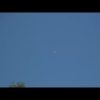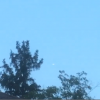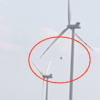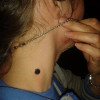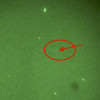COMET PLUNGES INTO THE SUN0
- From Around the Web, Space
- November 27, 2018
Subtract one from the Solar System’s total count of comets.

Subtract one from the Solar System’s total count of comets.

NASA’s Mars InSight probe has landed at what appears to be a beautifully boring location – a fortunate outcome that should expedite the mission’s primary aim of exploring the planet’s interior with seismic and other sensors, scientists said on Monday.

Scientists have discovered a 31km wide impact crater beneath the Hiawatha glacier in Greenland. The discovery, published in Science Advances, was made using airborne radar surveys which unveiled a circular bedrock depression beneath the ice. The presence of quartz and other grains and features on the ground helped the team confirm the finding – these

Ancient Egyptian astronomers may have discovered variable stars, and calculated the period of a well-known one called Algol, thousands of years before Europeans.

The head of Russia’s Roscosmos space agency has said that a proposed Russian mission to the moon will be tasked with verifying that the American moon landings were real, though he appeared to be making a joke.
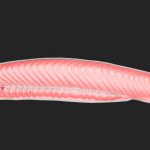
Today a large international consortium of researchers published a complex but important study looking at how DNA works in animals. The research focused on a marine organism, a creature called amphioxus (also known as “the lancelet”), to explore some of the steps that took place as animals evolved from invertebrates (animals without a backbone) to more complex back-boned vertebrates, including us humans.
Ozren Bogdanovic is one of the lead authors of the study.

The Nov. 26 live satellite interviews with NASA Administrator Jim Bridenstine (NASA TV media channel, 6-10 a.m. EST) will have one-way audio only. Users will only be able to hear the administrator’s responses, not the interviewers’ questions.

Archaeology in Bulgaria reports that a solid gold Christian reliquary purported to contain particles of the cross on which Jesus Christ was crucified has been uncovered in a medieval church in Trapesitsa Fortress.

Traces of opiates preserved inside a 3,500-year-old jug have been found by scientists.













